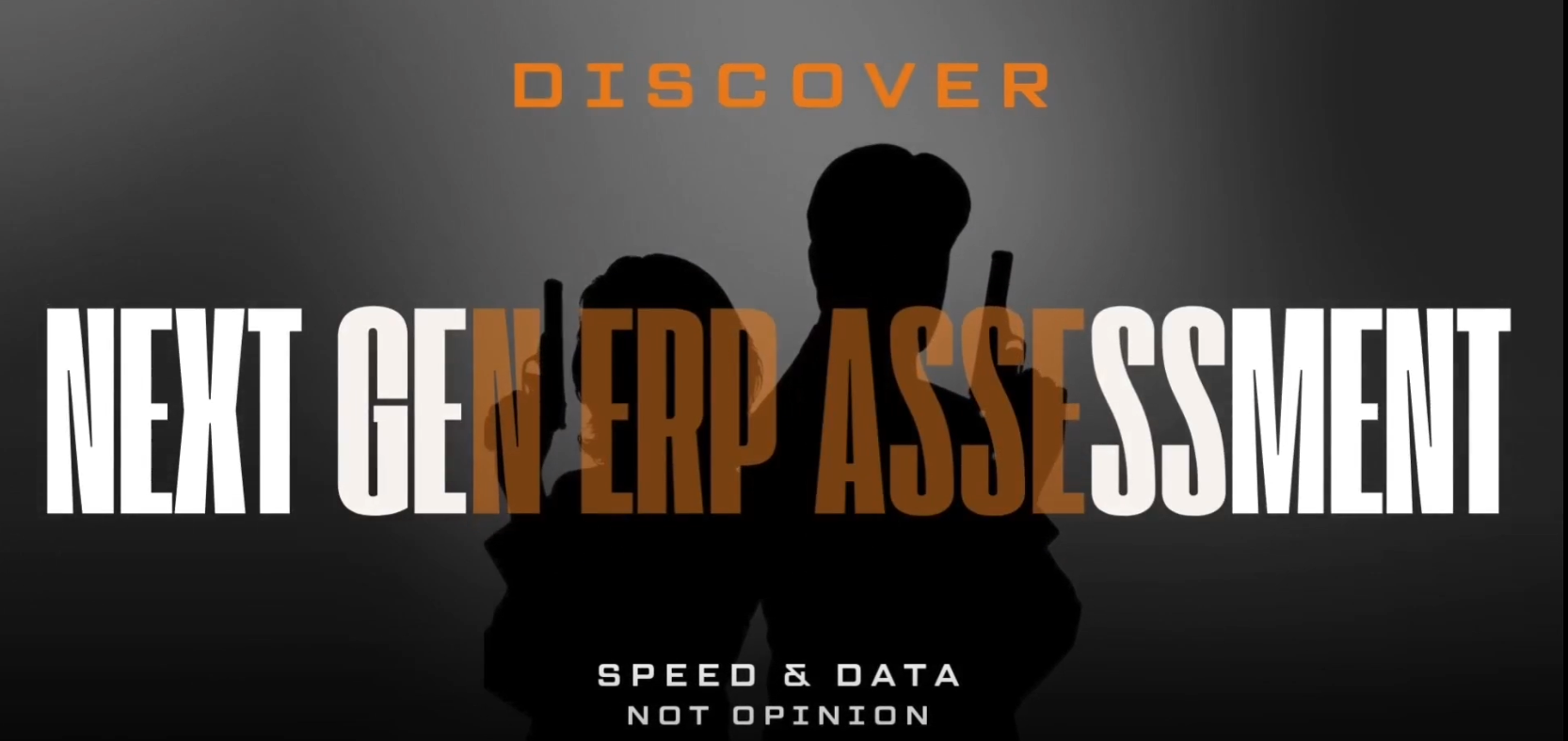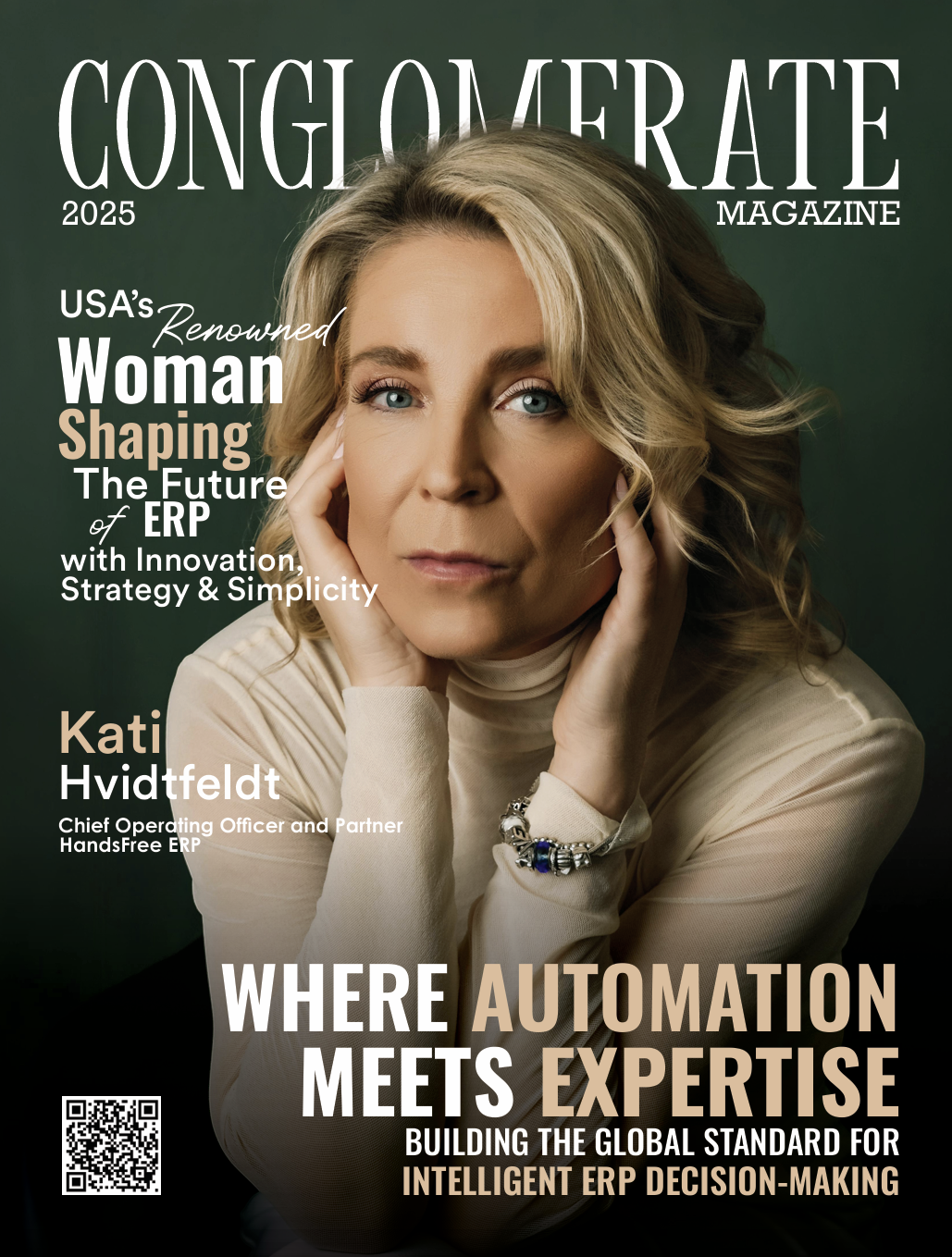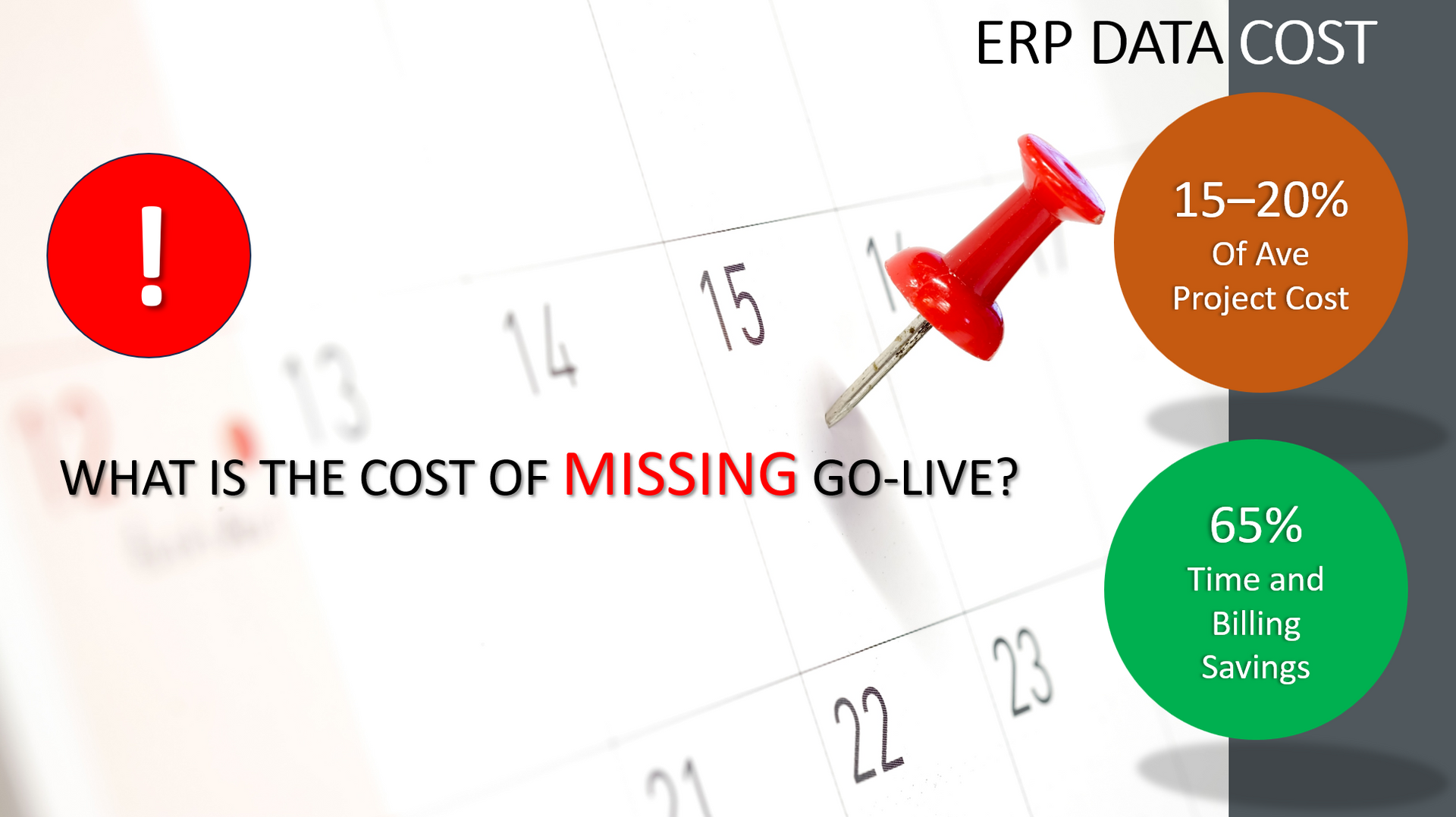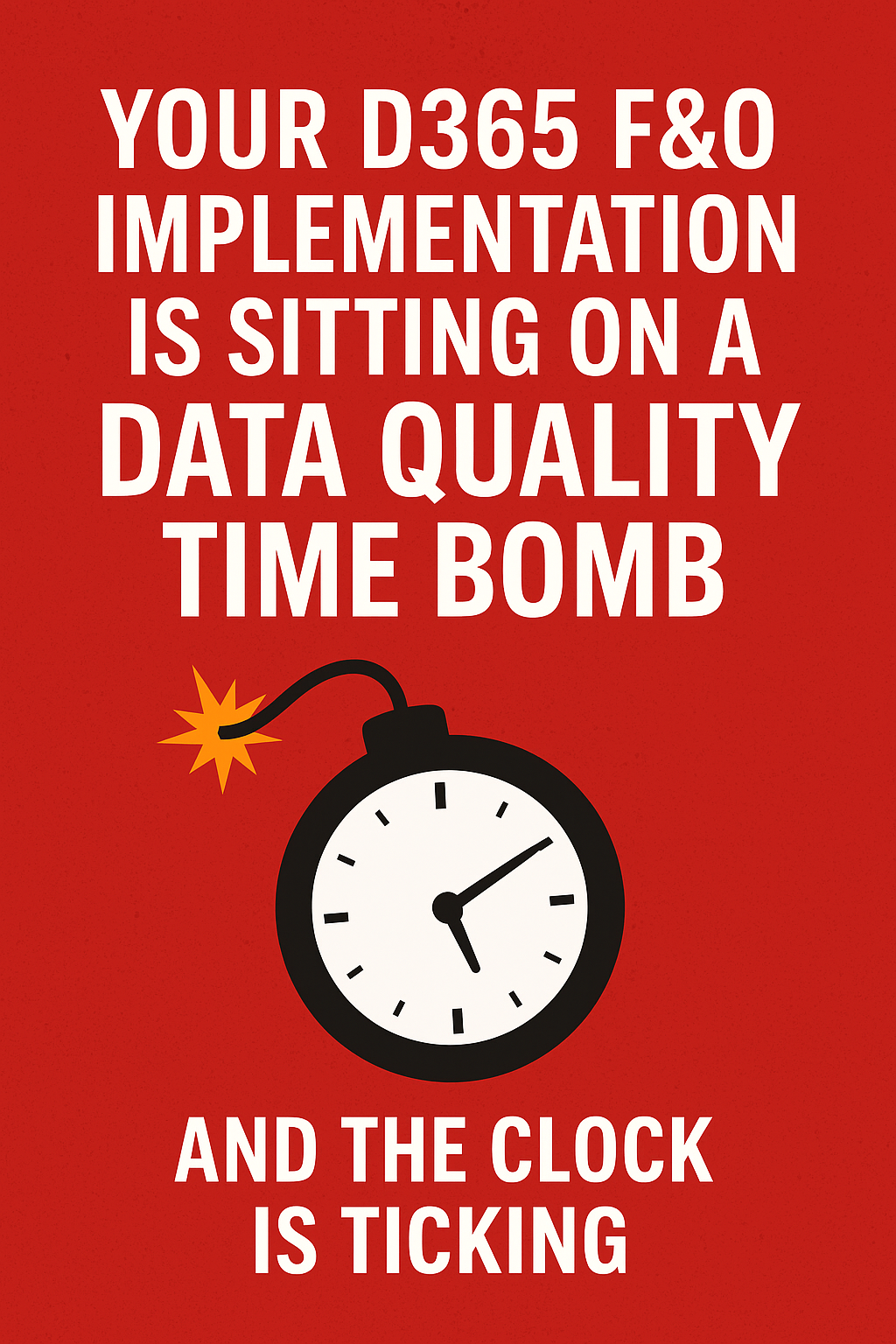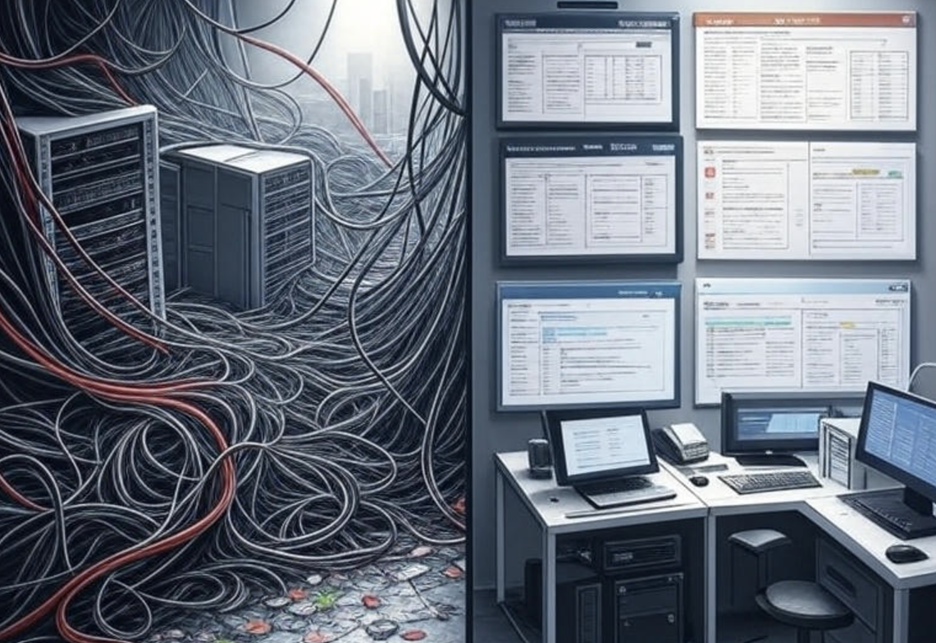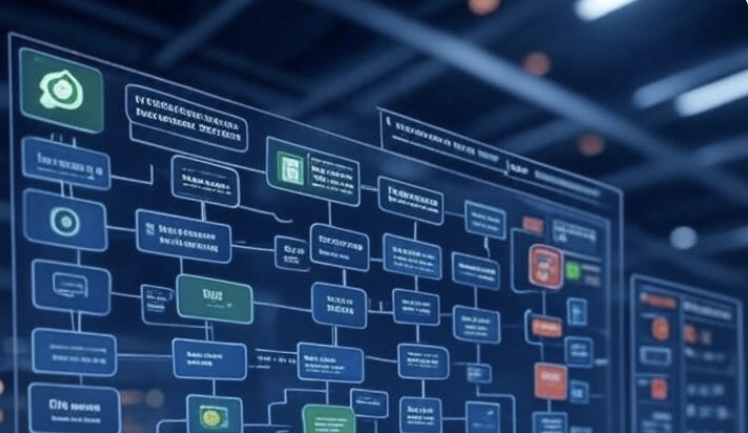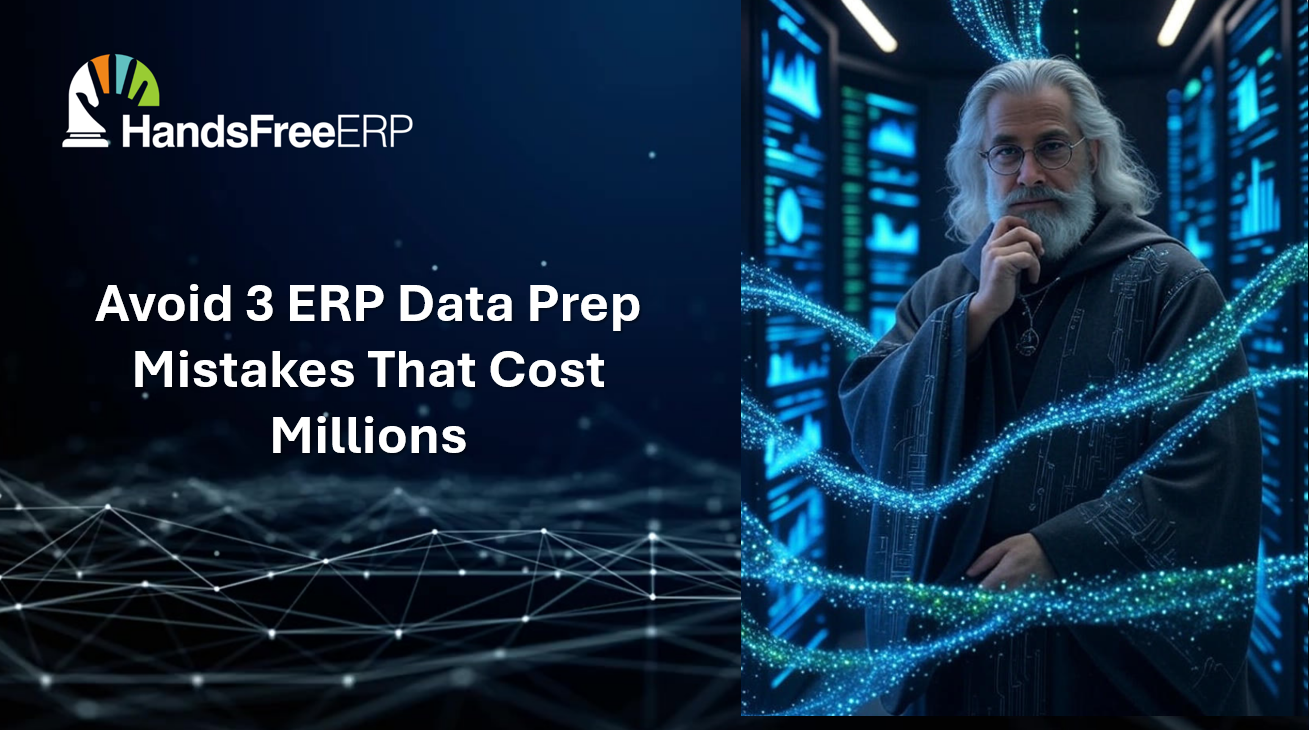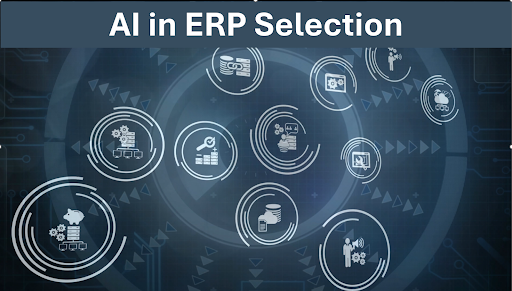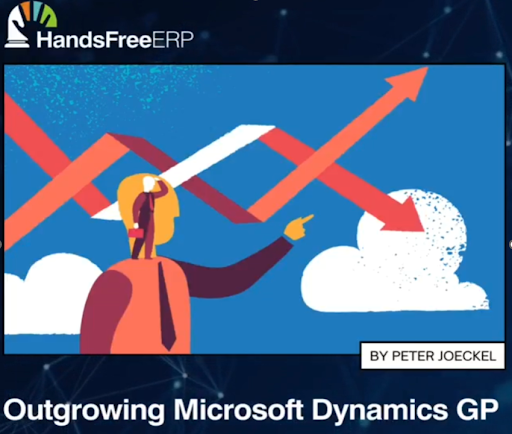The CIO as the Champion of ERP Change (Or Why You Can't Phone This One In)
What CIOs who actually lead ERP transformation do differently

Let’s get this out of the way first:
If your CIO is not actively championing your ERP initiative, your project is already on thin ice.
We’ve worked with enough companies—large, small, and everything in between—to know that ERP implementations are never just about technology. They’re business transformations disguised as software projects. And if you're counting on a project manager or an SI to carry the flag across the finish line, well... good luck with that.
Here’s what CIOs who actually lead ERP transformation do differently:
🔍 They Set the Vision (and It’s Not About Software)
Smart CIOs don’t talk in terms of “systems.” They frame ERP as a business solution to real pain—poor forecasting, siloed data, disconnected teams. They align the project with strategic outcomes and make the case that this isn’t optional—it’s essential.
🧩 They Bridge the Gap Between Ops and Tech
Great CIOs can walk into the boardroom or the warehouse floor and speak everyone’s language. They translate business requirements into technical priorities and make sure IT doesn’t go rogue trying to replicate legacy inefficiencies in shiny new software.
🚀 They Drive Culture Change
You want ERP adoption? That’s not going to happen because someone sat through a 2-hour Zoom training. It happens when users feel empowered. CIOs must sponsor change initiatives, champion ERP "super users," and build feedback loops that actually lead to process improvements.
🛡️ They Govern Relentlessly
Scope creep. Vendor over-promises. Customization rabbit holes. This is where projects go to die. A CIO who acts as a change champion will enforce governance like their career depends on it—because it kind of does.
📊 They Architect for Agility
If your new ERP doesn’t make you more data-driven, what was the point? Champion CIOs design systems that enable better reporting, visibility, and long-term innovation (AI, automation, you name it). ERP should be a foundation for future agility—not a new anchor.
📣 They Own the Message
An ERP transformation without a clear, consistent executive message will sputter and stall. CIOs must over-communicate progress, setbacks, and wins—not just to the C-suite, but to the entire organization. And when that message comes from the top, it matters.
Bottom Line?
ERP change doesn’t succeed with passive leadership.
It succeeds when CIOs own it, drive it, and communicate it—like the future of the business depends on it.
Because it does.
👇 Want help evaluating if your ERP project is champion-led or headed for trouble?
Let’s talk. Schedule a quick call or check if Microsoft will fund your ERP assessment.
HandsFree ERP is dedicated to supporting clients with their ERP initiatives, enabling companies to seamlessly connect users with their ERP partners. By utilizing skilled professionals, streamlined processes, and cutting-edge tools, HandsFree ERP significantly boosts the success rates of ERP projects.



